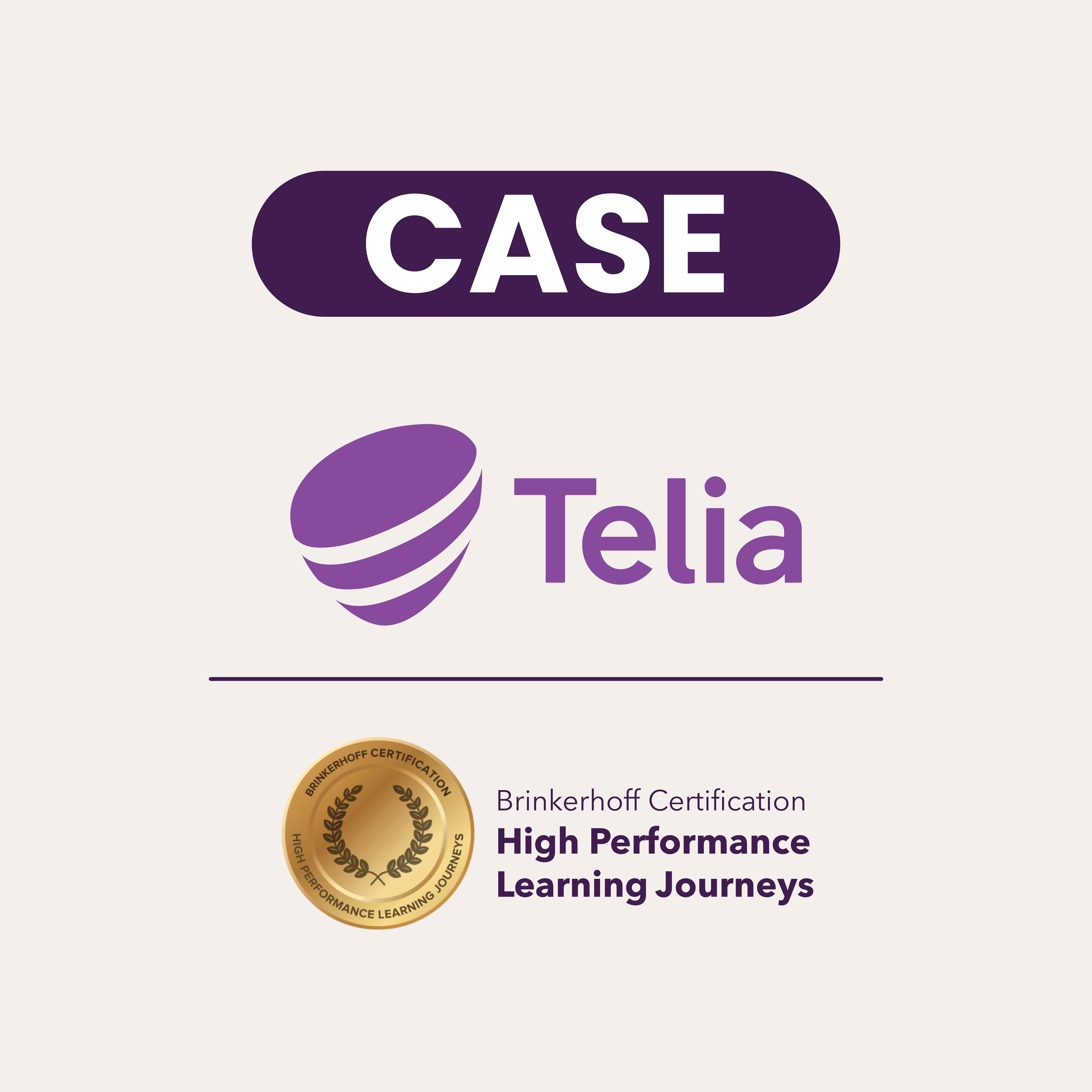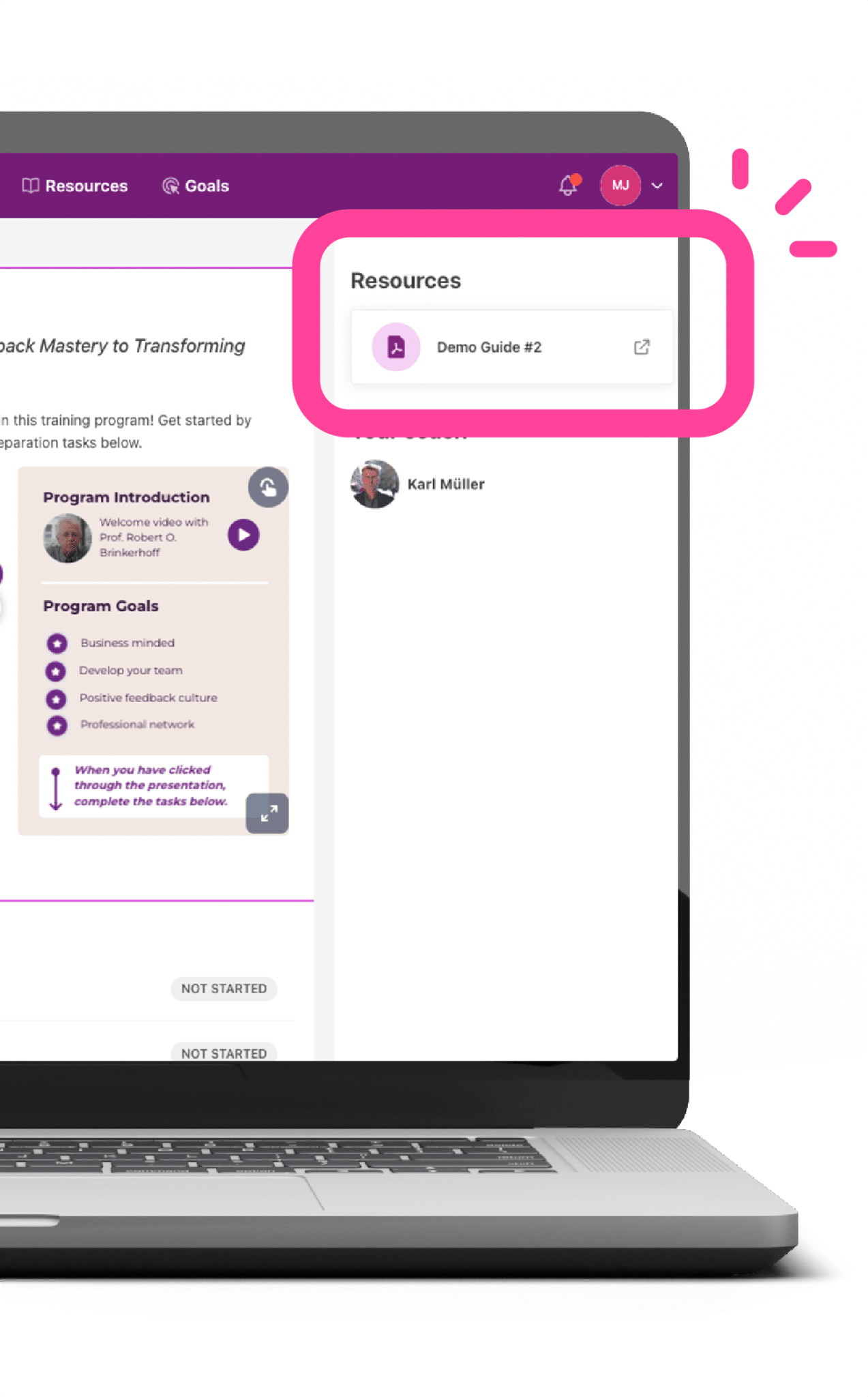Why do training programs sometimes fail? There are several reasons why the expected outcomes of training initiatives may not be achieved. In the following, we’ve identified six prevalent barriers to performance that obstruct the effective application of acquired skills, along with potential strategies for overcoming them.
Barrier nr 1: Not Enough Time
When returning to work, learners often encounter other priorities or lack enough time to apply what they have learned. This results in newly acquired skills and behaviors not being practiced, and old ways of doing things persist.
How to address this:
- Break the learning into smaller, usable parts instead of one extended training session. Participants should identify relevant aspects in their own tasks and scenarios. Encourage them to recognize opportunities during training to apply what they’ve learned. This process creates a concrete action plan based on their own connections to their work. Learning in smaller, actionable pieces avoids the need to tackle everything at once. Read more about learning journeys here.
- Be clear what the time expectations and the level of effort/commitment required to apply the learnings at the outset of the program. To assist with this there can be an 4 assignment called “plan your success” that actually involves a sit down between the participant and their manager to plan out the time that is needed. When the manager sees the output, they are far more likely to support the learning and make the application of learning a priority. Make clear the benefit of applying the learning, that the benefit will outweigh the cost/time spent.
- Provide flexible virtual solutions, such as support materials, templates, checklists, and videos, for quick access when needed. Boost learners’ confidence in applying their acquired knowledge. Additional material can be incorporated into assignments, sessions, or tasks—referred to as resources in the Promote platform. Moreover, you have the option to specify which role should have access to the resource, enabling you to include separate materials for coaches if desired.
Barrier nr 2: Not enough manager support
For decades, we’ve recognized that ‘manager support’ plays a crucial role in maximizing ROI from training investments. However, the question remains: What kind of support is needed, and when, how, and to what extent?
Managers may not fully grasp why the training is taking place or its intended outcomes. They often prefer engaging in activities with a clear purpose. Alternatively, they might disagree with the training’s objectives, hindering learners from applying their acquired knowledge. In certain cases, managers may be uncertain about the support to provide due to a lack of awareness regarding the content and objectives of the learning program.
How to address this:
- Engage managers in shorter or virtual training sessions to equip them with the essential competencies needed to support their learners. While many managers may have been promoted for their individual skills, they may lack expertise in coaching and providing feedback. Remember, coaches also benefit from coaching! Consider implementing the Manager Onboarding Program — a self-paced, individual program and job aid designed to help managers offer practical, easy, and efficient support to their team members, precisely when and as needed.
- Include managers in the program as co-designers, co-facilitators, or participants in application tasks—not solely for follow-up conversations.
- Assist managers with job aids, templates, question lists, and toolkits for follow-up conversations. The more straightforward the support tools, the greater the likelihood that managers will engage with and secure buy-in from their direct reports. Consider offering updates on the training progress of their team members, even if at a general level. Ensure coaches also have access to specific resources when constructing the program. In the Promote platform, you can incorporate resources and designate the role for which the resource is accessible—allowing you to include distinct materials for managers.
- Checklist – How to be a great coach throughout a training process.
Barrier nr 3: No incentives or misaligned incentives with the learning application
The learning might conflict with the formal incentive system, or there may be no motivation to adopt new practices. In these instances, learners may be actively discouraged from applying new skills or behaviors, especially when there is no incentive or when the incentivized actions run counter to the learning.
How to address this:
- Encourage feedback from managers. Learners become more engaged when they feel recognized and acknowledged. Structure tasks and assignments to include effective feedback systems.
- Track performance and behavioral changes using established business tools such as CRM or employee feedback systems. Regularly check the progress of the learners by allocating time to log in and assess their development. Schedule follow-up meetings, either face-to-face or online, at the beginning of each learning event and throughout the program.
- Have a clear way to recognise/reward application from learnings and the eventual results. Share any incentive gaps that arise with leadership during the design phase or that come up during implementation.
Barrier nr 4: Not enough feedback
The absence of recognition or feedback, when learners apply new skills, impedes effective performance. Support during the early post-training stages is crucial for continuous development. If skills are not adequately learned, the deficiency may go unnoticed, leading to incorrect application and reliance on old methods, ultimately resulting in underwhelming performance without a clear understanding of the reasons behind it.
How to address this:
- Incorporate feedback into the learning process and cut costs by utilizing technology instead of depending on in-person meetings. Implement confidential feedback to avoid creating barriers for learners progressing at different speeds. Utilize AI Facilitation Assistance in Promote to streamline the facilitator’s workflow, enhance engagement with learners, and ensure that each individual receives the attention necessary for success.
- Establish precise training evaluation objectives. What are you aiming to achieve, and who should witness your success? The Promote platform empowers you to guide your program toward its goals by responding to deviations or promoting success in real-time. Grounded in recognized training evaluation methods by Kirkpatrick and Professor Binkerhoff, the platform ensures a robust framework for assessment.
- Create peer groups among colleagues for sharing learning-related feedback. Promote simplifies the sharing of experiences throughout the learning process. Participants inspire, share experiences and best practices, reflect, collaborate, and network with each other, fostering a more profound learning experience.
Barrier nr 5: Not confident enough to apply learned subject matter in real situations
The learner didn’t fully comprehend the subject matter to confidently apply it in a real situation. While the learning emphasized relevant areas, it might have leaned more towards theory than practical application. Consequently, the learner lacks confidence in applying the new skills or behavior in an actual workplace situation.
How to address this:
Provide continuous training opportunities rather than a one-time event. Achieving proficiency in a skill or knowledge area takes time, repeated training, and patience. Clear instructions, qualified feedback, and a bit of encouragement are essential. In essence, it requires a learning journey to secure confidence and competence.
Encourage Peer learning and the sharing of best practices. Introduce a buddy system to foster interaction and social learning. Utilize the Promote Platform to integrate peer review and team tasks, where learners are tasked with reviewing and providing feedback.*
Provide useful job aids using diverse technologies. Supply online practice resources for learners to utilize outside the classroom, creating more space in class to enhance their confidence. In the Promote platform, you can incorporate additional material into assignments, sessions, or tasks.
Barrier nr 6: Not enough opportunities to apply
Although the insights gained from the training are intriguing, the learner’s current role may not afford them the opportunity to apply these learnings.
How to address this:
- Allow participants to choose activities that align with their interests and enable them to identify these in advance. Additionally, offer learners the opportunity to showcase what they’ve learned and teach others, depending on the subject matter.
- Apply the knowledge through a sequence of guided social learning sessions in a safe environment, providing learners with the opportunity to put into practice what they have acquired.
- Maintain focus by considering the next steps. Create a plan to ensure that learners have the opportunity to apply what they’ve learned in a meaningful and impactful manner.
By utilizing an effective training process and system, you can overcome these barriers and unlock the untapped potential in your employees. The Promote platform can help you boost on-the-job application within your training initiatives, delivering five times better results. This means five times more participants apply their knowledge to contribute to the company’s success. Interested in trying the platform? Click the link below.




